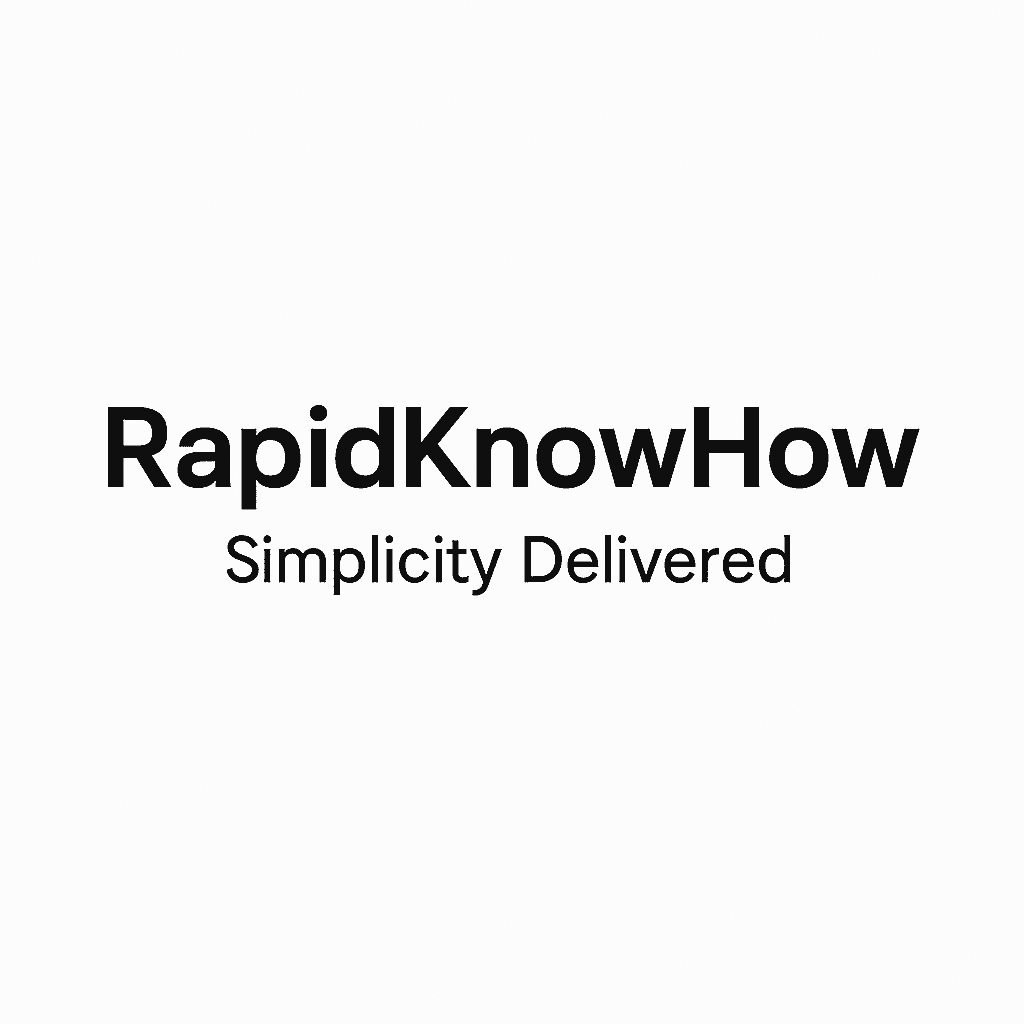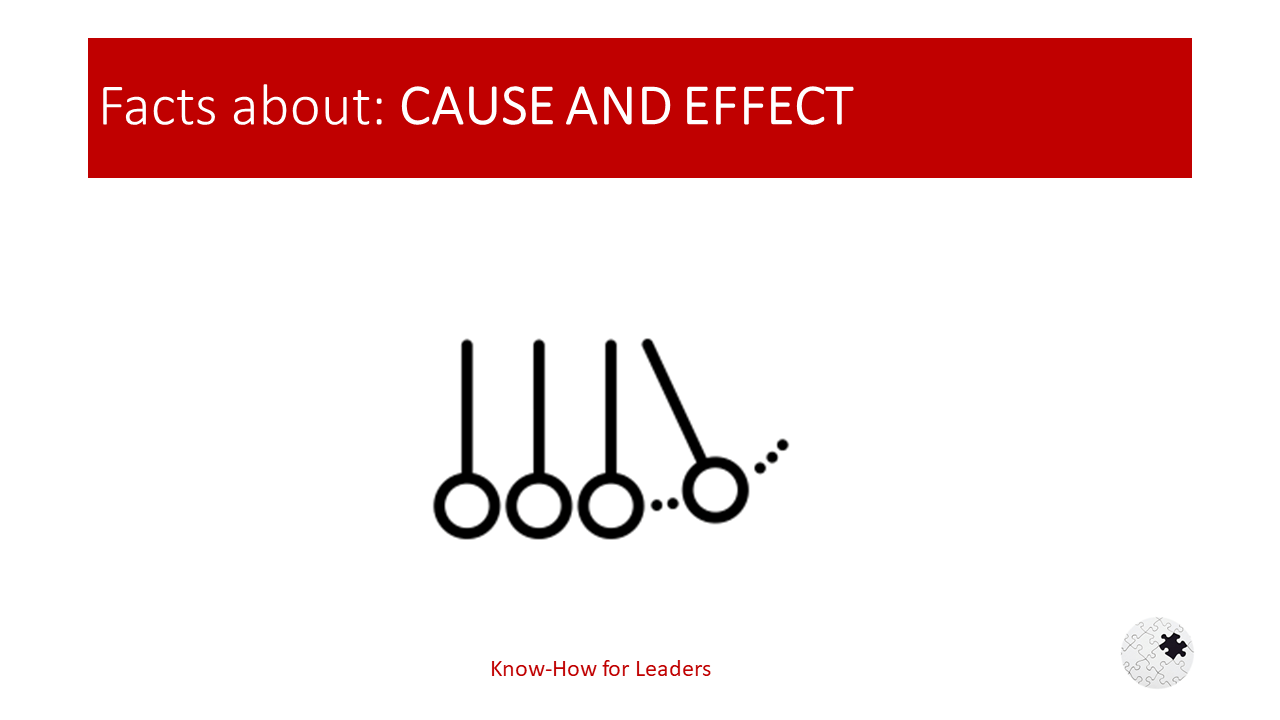Let’s structure this as a 3-horizon framework:
- Long-Term Business Formulas → 20+ years sustainable value
- Medium-Term Business Formulas → 5–20 years adaptation cycles
- Short-Term Business Formulas → <5 years, opportunistic but not lasting
Each formula includes an example + why it works / fails over time.
📈 The RapidKnowHow – 10 Business Formulas Across Horizons
🟢 Long-Term (20+ Years) – Industrial Foundations
Built on asset-heavy industries, infrastructure, or licensing systems that endure.
- Industrial Gases as-a-Service Formula
= Recurring Demand × Mission-Critical Supply
- Works long-term because: oxygen, nitrogen, hydrogen are essential for health & industry.
- Example: Linde, Air Liquide.
- Consumer Staple Formula
= Daily Necessity × Brand Trust
- Food, hygiene, household goods remain stable across crises.
- Example: Nestlé, Procter & Gamble.
- Energy Infrastructure Formula
= Large-Scale Assets × Long Contracts
- Power grids, pipelines, renewables – backbone of economies.
- Example: Ørsted, Enel,
Let’s zoom into the Medium-Term Business Formulas (5–20 years).
These formulas usually thrive on innovation, brand power, ecosystems, and adapting to consumer waves. They are more vulnerable to disruption than industrial “forever businesses
🟠 Medium-Term (5–20 Years) – Innovation & Ecosystem Models
Work for 1–2 decades, until disrupted by new tech or shifting consumer values.
4️⃣ Consumer Electronics Formula
= Brand × Design × Ecosystem Lock-In
- Example: Apple, Samsung
- Works medium-term because innovation + ecosystem (iOS, App Store, devices) keep users loyal.
- Risk: can be disrupted by new platforms (AI-first devices, open-source ecosystems).
5️⃣ Lifestyle & Health Tech Formula
= Data × Devices × Subscriptions
- Example: Philips Healthcare, Peloton, Fitbit
- Works medium-term: combines hardware + recurring software/service revenue.
- Risk: tech obsolescence, customer fatigue, new entrants.
6️⃣ Platform Marketplace Formula
= Network Effect × Switching Costs
- Example: Amazon Marketplace, Airbnb, Uber
- Works medium-term: scale brings dominance, users locked in by convenience.
- Risk: regulation, loss of trust, new decentralized platforms.
7️⃣ Brand-Lifestyle Formula
= Storytelling × Community × Premium Pricing
- Example: Nike, Starbucks, Lululemon
- Works medium-term: connects identity with consumption, strong global following.
- Risk: cultural shifts, new generations rejecting brand values.
8️⃣ Tech Fast-Follower Formula
= Copy Best Innovations × Scale Faster
- Example: Xiaomi, TikTok (ByteDance)
- Works medium-term: adapt proven ideas, scale with cost or UX advantages.
Here’s the Short-Term (<5 years) Business Formulas, plus a closing Power Statement to frame the 3-horizon system.
🔴 Short-Term (<5 Years) – Opportunistic, Not Lasting
These models capture attention or arbitrage fast but lack staying power.
9️⃣ Hype-Driven Product Formula
= Trend × Virality × Scarcity
- Example: Fidget spinners, NFTs 2021
- Works short-term: explosive growth through social buzz.
- Fails long-term: no repeat demand, hype fades.
🔟 Arbitrage Formula
= Price Gap × Speed × Scale
- Example: Dropshipping, crypto exchange arbitrage
- Works short-term: profits from inefficiencies or novelty.
- Fails long-term: competitors and regulation erase the gap.
1️⃣1️⃣ Speculative Asset Formula
= Narrative × Fear of Missing Out (FOMO)
- Example: Meme stocks, pump-and-dump tokens
- Works short-term: attracts capital on emotion and hype.
- Fails long-term: no fundamentals, collapses with sentiment.
⚡ Power Statement
Business success runs on time horizons. – Josef David
Forecast 2025–2035
Sectors & Companies Likely to Thrive
🟢 1. Green Energy & Decarbonization
- Why: Net-zero targets, cheaper renewables, hydrogen scale-up.
- Examples: Ørsted, NextEra Energy, Iberdrola, Air Liquide (H₂), Siemens Energy.
🟢 2. AI & Digital Transformation
- Why: Every sector augments processes with AI → compounding efficiency.
- Examples: Microsoft (Copilot), NVIDIA (chips), Palantir (AI ops), SAP (AI ERP).
🟢 3. Preventive Health & Longevity
- Why: Aging societies, exploding healthcare costs → prevention & personalized care.
- Examples: Philips HealthTech, Abbott, Dexcom (diabetes monitoring), Moderna (RNA therapies), Teladoc.
🟢 4. Circular Economy & Smart Manufacturing
- Why: Scarcity + regulation → reuse, recycling, modular design, asset-light supply chains.
- Examples: Umicore (circular materials), Schneider Electric (energy efficiency), ABB (automation), local circular startups.
🟢 5. Sustainable Food & Agriculture
- Why: Climate pressure + food security + consumer shift → regenerative farming & alternatives.
- Examples: Beyond Meat (alt proteins), John Deere (precision ag tech), Indigo Ag (soil carbon platforms).
🟢 6. Smart Cities & Mobility
- Why: >70% of people in cities by 2050 → demand for clean transport & affordable housing.
- Examples: Tesla, BYD, Alstom (rail), Nio, ChargePoint, city-level smart infrastructure developers.
🟢 7. Digital Sovereignty & Cybersecurity
- Why: Rising threats + need for trusted, decentralized systems.
- Examples: CrowdStrike, Palo Alto Networks, Cloudflare, European sovereign cloud players (Gaia-X).
⚡ Power Insight
The businesses that thrive in 2025–2035 are those that:
- ✅ Solve structural megatrend challenges: climate change, aging societies, digital sovereignty.
- ✅ Operate asset-light and AI-driven, scaling networks instead of fixed assets.
- ✅ Build recurring revenue models (as-a-service, subscriptions, licensing).
- ✅ Create compounding value: time saved, cost reduced, convenience gained, sustainability achieved.
- ✅ Embed trust and transparency at the core, turning regulation and social demand into competitive advantage.





